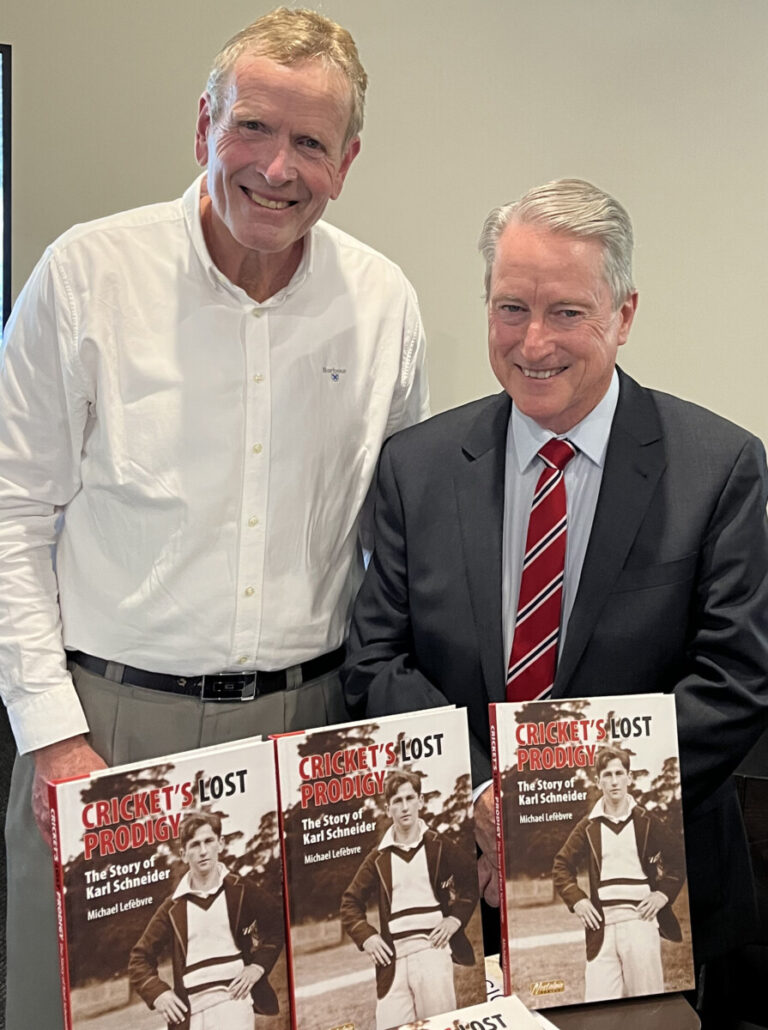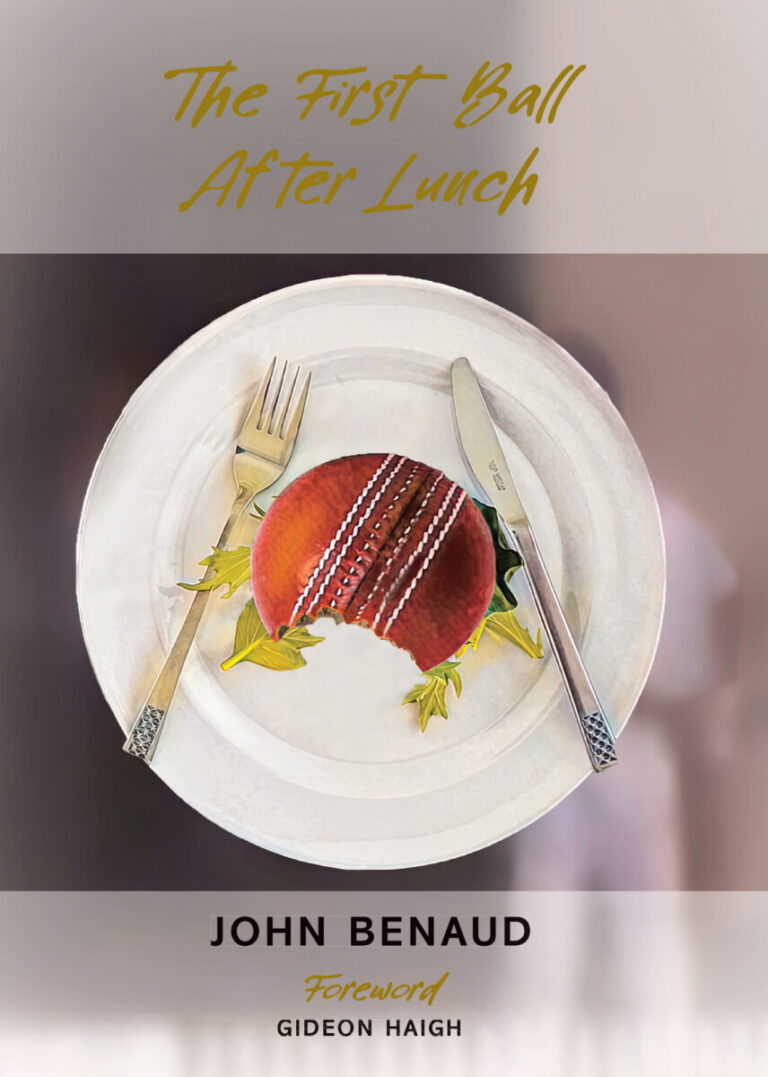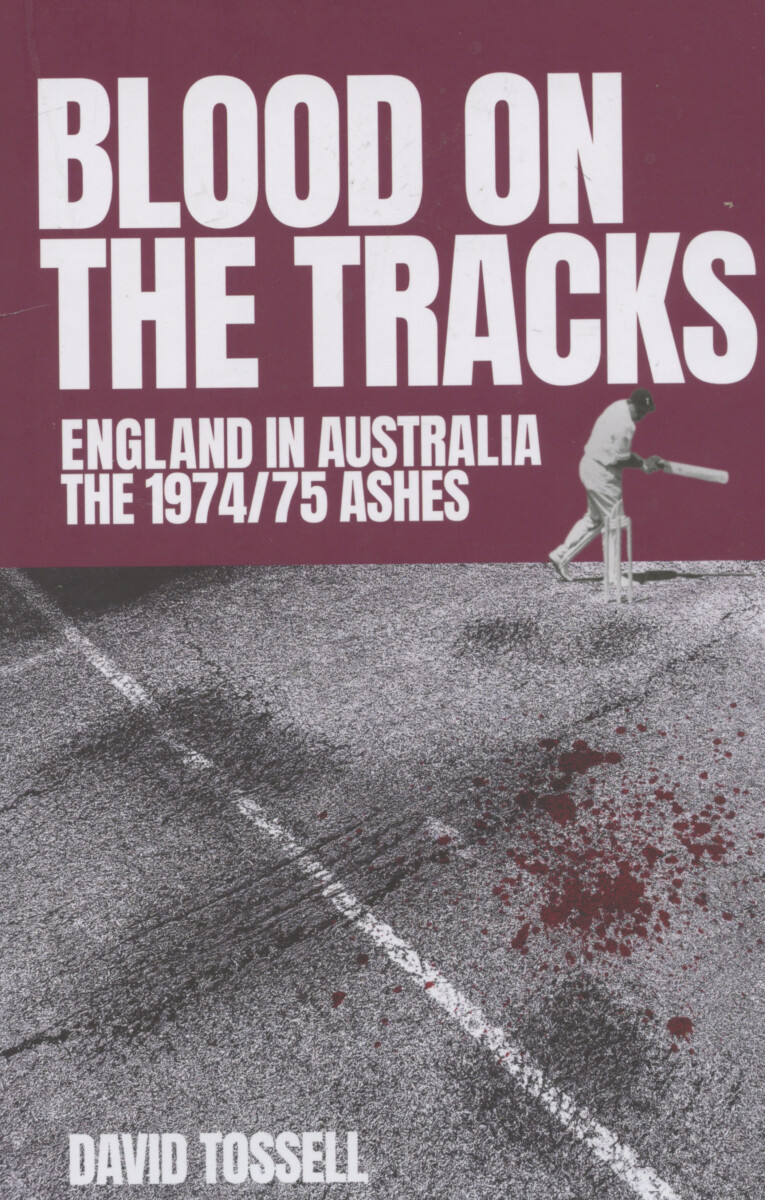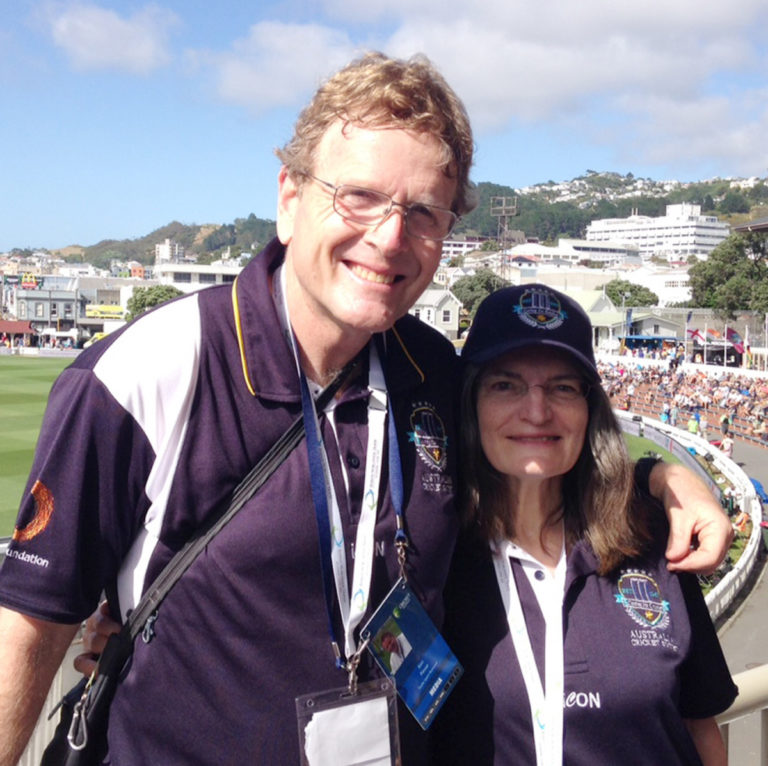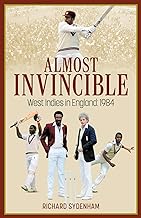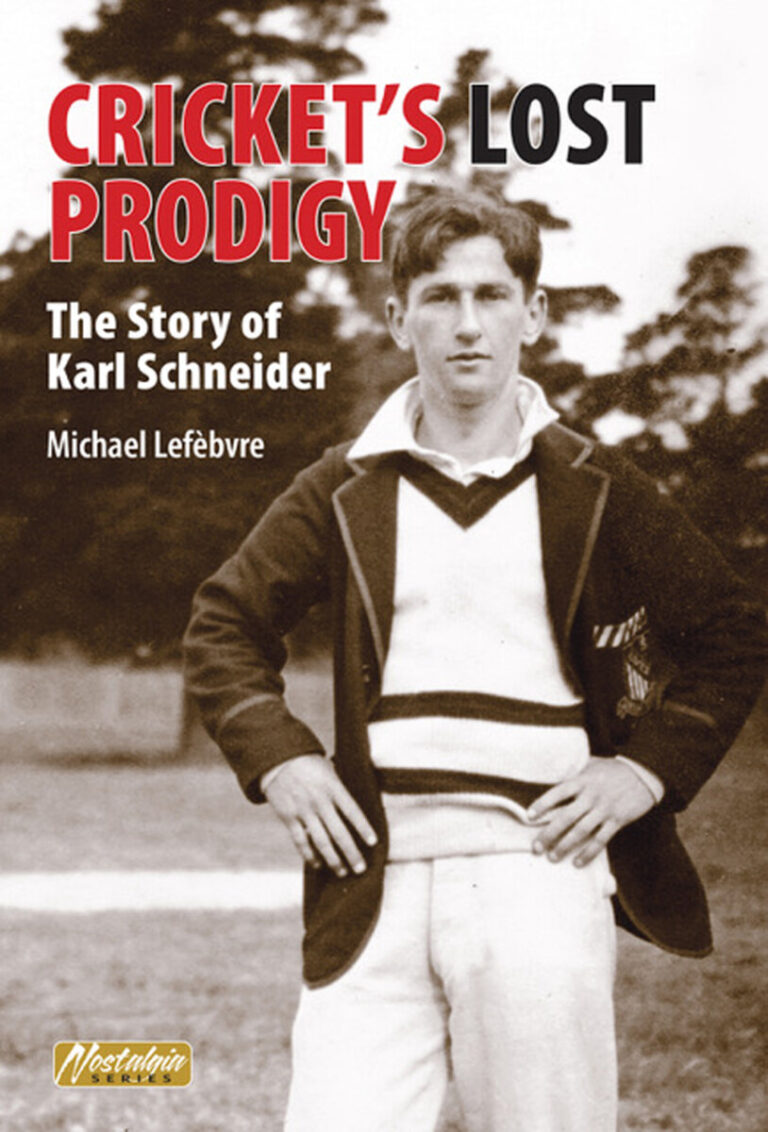
News
The top 100 Test solos of all
There’s something strangely seducing about Cricket Lists. They beguile, entice — and irritate.
How could only two Australians be ranked among the top 10 bowling performances in Test history?
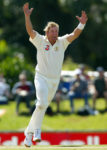
No Lillee or Thommo in the top 100. No ‘Demon’ Spofforth. No ‘Terror’ Turner. And Warnie at 41… surely not.
But the makers of the UK-produced Supreme Bowling can’t be accused of rampant parochialism as a South African (Hugh Tayfield) is rated first and an Indian (Harbhajan Singh) second.
Test cricket’s two ‘10-fors’ come in at only No.33 (Anil Kumble) and No.50, Jim Laker.
But before readers banish this offering to their unwanted pile, the logarithms and reasoning behind the selections actually make sense. Test cricket’s premier bowlers are rated for their impact, the degree of difficulty, the quality of the opposition and how their solo performance affected the game and series fortunes.
Only those who have taken a ‘Michelle’ (a Test five-for) qualify.
There can be little issue with the very top choices and some of the essays are truly compelling especially with wordsmiths of the quality of David Frith, Stephen Chalke, Michael Burns and the fast-rising Russell Jackson.
Having access to film or being there ‘live’ is a natural advantage.
We learn from Burns (author of A Flick of the Fingers, Jack Crawford’s story) how Tayfield practiced seven days a week for 10 months of the year. Nicknamed ‘Toey’ for his habit of pawing the turf like a cat about to pounce, he was among the finest finger spinners in history.
The Springboks, as they were known, were 0-2 down with two Tests to play in their 1956-57 home summer against Peter May’s Englishmen. Tayfield’s 13 wickets for the match, including nine for 113 in the second innings at the New Wanderers ensured a remarkable 17 run win on a wicket built for batsmen.
A week earlier, representing Transvaal against the MCC, he’d taken one for 102.
Tayfield is described as a ‘dark-haired, handsome and imposing 28-year-old’ who bowled with ‘inexhaustible stamina and pinpoint accuracy’.
At the other end was the equally frugal Trevor Goddard, the left-arm medium whose landing area helped create rough outside the right-hander’s off stump for his partner.
We learn that Tayfield wheeled in so close to the umpire that he virtually released from middle stump at the non-striker’s end — only his huge clearing pivot re-cleared the view for the umpire to actually see down to the opposite end.
And once he bowled, as Bradman Invincible Neil Harvey still attests to, Tayfield became an 11th fieldsman. He was absolutely electric off his own bowling. It’s a magnificent piece of writing which leaves you wanting more and I’m already stacking up companion themes like Alan Ross’ masterly Cape Summer and Clive Van Ryneveld’s autobiography to read next.
Tayfield’s heroic nine-for saw England collapse from a free-wheeling 2-105, with just 127 more needed, to 214 all out. Tayfield was carried shoulder-high to the pavilion.
Like Richard Hadlee in Brisbane in 1985, he also was involved in the 10th wicket to fall, an early slips catch from the bowling of Goddard.
It was South Africa’s first home victory against England in 27 years and the first on a non-matting wicket.
The South Africans were to win the next Test too at Port Elizabeth and drew an epic series 2-2.
Burns build the Tayfield legend, how he would kiss the badge on his green baggy cap before the start of each over. His on-field genius was not reflected off it, however. He was married and divorced five times
It’s a compelling, rewarding entry; like Andrew Symonds’ fielding, worth the price of entry alone.
Unfortunately the fourth Test scorecard, the most important in the whole 324 page book, shows South Africa’s first innings as being ‘304’ all out, rather than ‘340’. In such a close match that’s a significant blue.
It’s not the only irritation. There’s no index, no pictures and no complete listing of 1-100.
Stuart’s Broad’s astonishing eight for 15 against the Australians at Trent Bridge in 2015 is rated third, the finest in Ashes cricket, yet the author of that article mentions Broad only one in the first 400 words, instead taking us on an irrelevant tangent to some inconsequential junior match in which he competed. It needed a complete re-write.
Broad figures three times in the top 100, along with Kapil Dev, Mitchell Johnson and Tayfield. Only Muthiah Muralidaran, Sri Lankan ‘Bradman of bowling’ has more, with four entries.
Ten of the chosen performances occurred in Melbourne, the most-‘recognised’ ground; the top-ranker at the ‘G? Sarfraz Nawaz’s nine for 86 in 1978-79.
Supreme Bowling (RRP $40) is the second in a two-book series which includes Masterly Batting, 100 Great Test Centuries ($60), released in 2013. Both are available from cricketbooks.com.au

